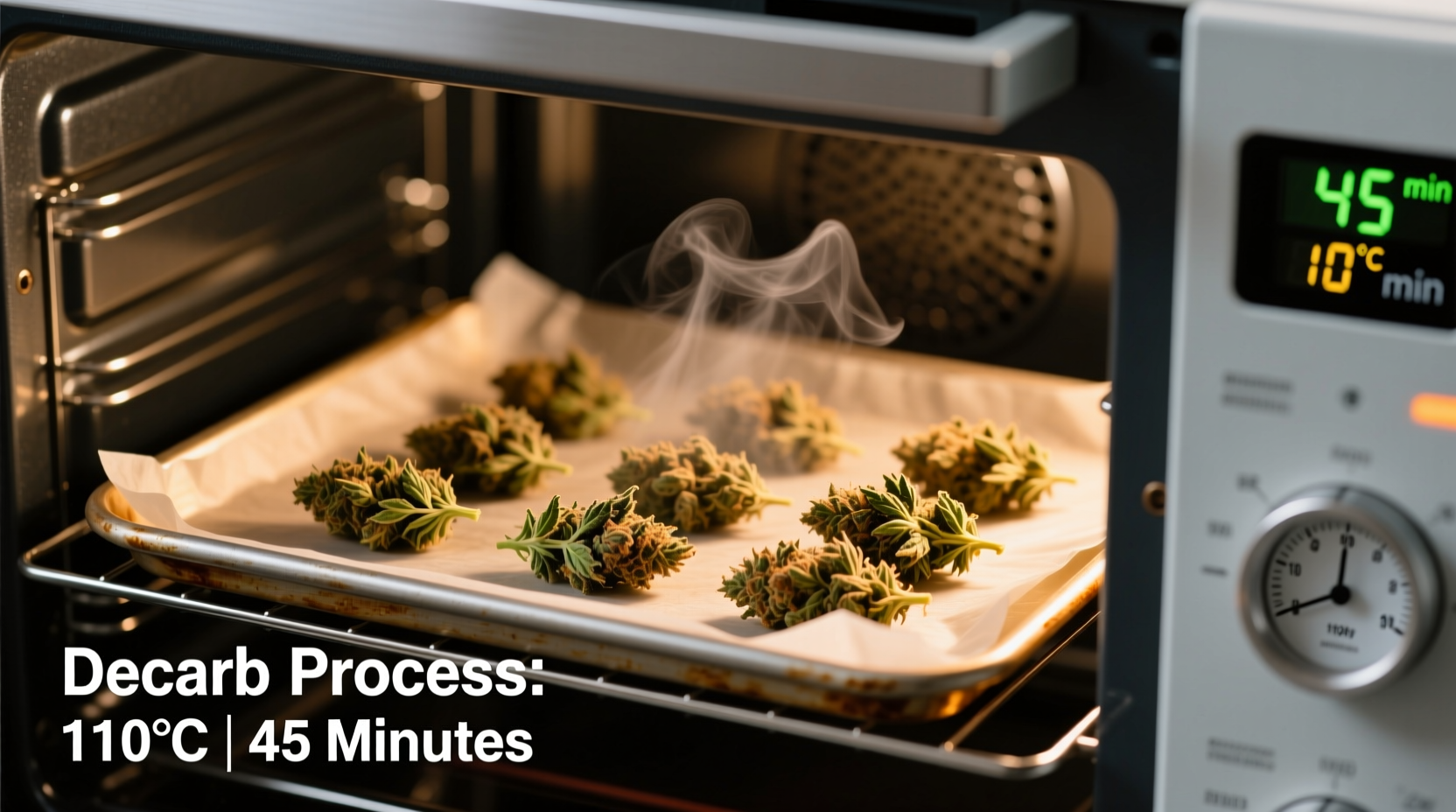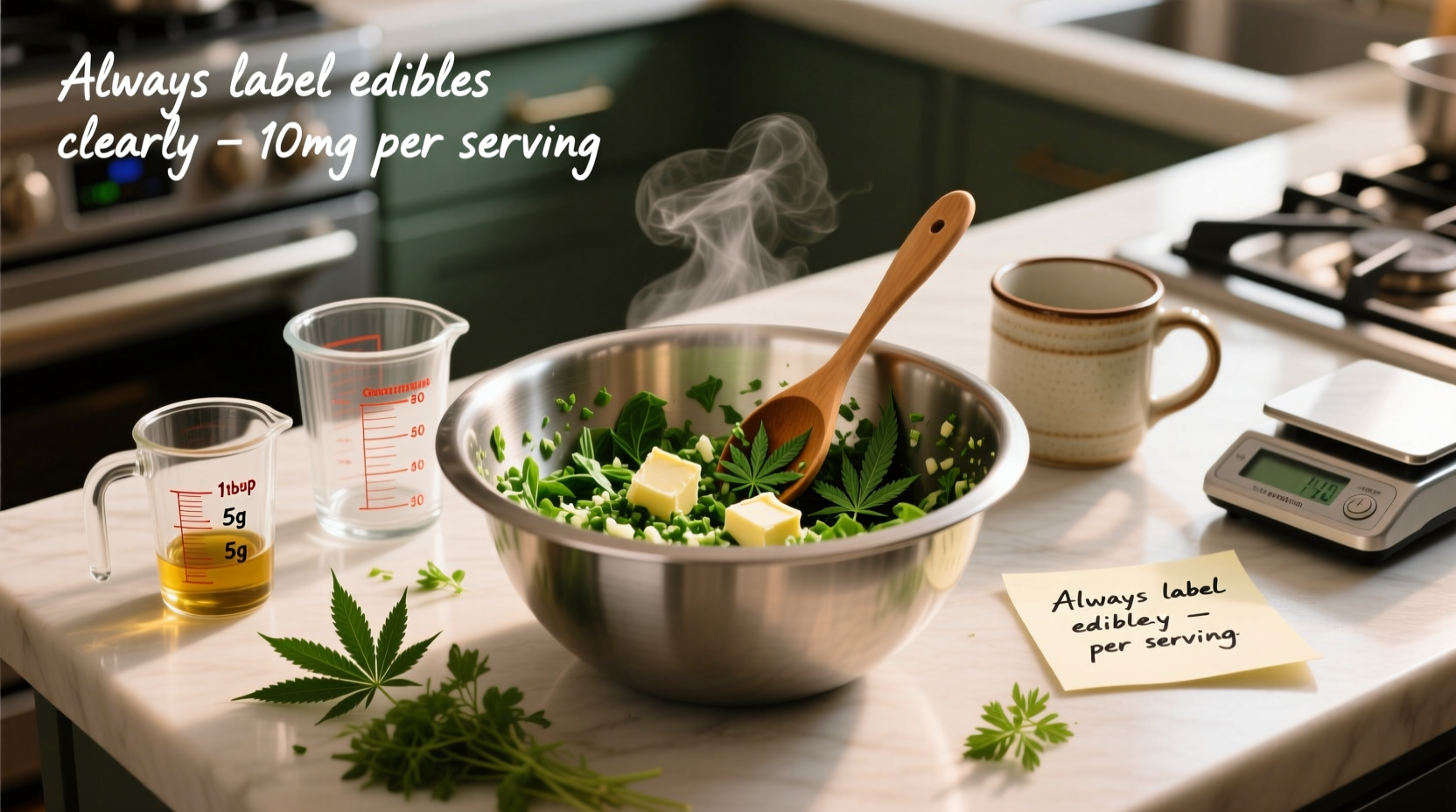Learning how to cook edibles safely transforms your kitchen into a controlled environment for cannabis infusion. This guide delivers professional culinary techniques adapted specifically for cannabis preparation, focusing on precision, safety, and consistent results. Whether you're a first-time maker or refining your technique, you'll gain actionable knowledge to create reliably dosed edibles while avoiding common pitfalls that lead to inconsistent experiences.
Essential Safety and Legal Considerations Before You Start
Before handling cannabis for cooking, verify your local laws—cannabis remains illegal federally in the United States and in many countries worldwide. Where legal, strict safety protocols protect everyone in your household:
- Store all cannabis products in child-resistant containers labeled with contents and dosage
- Prepare edibles in dedicated equipment cleaned thoroughly after use
- Keep emergency contacts visible, including Poison Control (1-800-222-1222 in the US)
The National Institute on Drug Abuse emphasizes that unintentional consumption by children accounts for 75% of cannabis-related emergency room visits in legal states. Always treat cannabis like any potent medication—never leave infused products unattended during preparation.
Understanding Cannabis Activation: The Decarboxylation Process
Raw cannabis contains THCA, which won't produce psychoactive effects until heated through decarboxylation. This chemical transformation requires precise temperature control:
| Temperature | Time Required | THC Activation | Risk Level |
|---|---|---|---|
| 220°F (105°C) | 30-40 minutes | Optimal activation | Low (preserves terpenes) |
| 245°F (118°C) | 20-25 minutes | Full activation | Moderate (some terpene loss) |
| 275°F (135°C) | 10-15 minutes | Complete activation | High (terpene degradation) |
According to research published in Cannabis and Cannabinoid Research, temperatures exceeding 300°F degrade THC into CBN, causing sedative effects rather than the desired psychoactive experience. Use an oven thermometer for accuracy—most home ovens fluctuate significantly from set temperatures.

Step-by-Step Edible Preparation Workflow
Phase 1: Precise Dosing Calculation
Accurate dosing separates professional results from unpredictable experiences. Follow this calculation method:
- Determine your cannabis flower's THC percentage (typically 15-25% for modern strains)
- Multiply grams of flower by THC percentage (e.g., 1g × 0.20 = 200mg THC)
- Divide total THC by number of servings (200mg ÷ 10 servings = 20mg per serving)
Beginners should start with 5-10mg doses. The Colorado Department of Public Health recommends never exceeding 100mg per serving due to increased emergency room visits associated with high-potency edibles.
Phase 2: Fat-Based Infusion Techniques
Cannabinoids bind effectively to fats, making butter or oil the ideal carriers. Professional chefs prefer these methods:
- Slow cooker method: Combine 1 cup fat with decarbed cannabis in 2.5:1 ratio, cook on low for 3-4 hours
- Stovetop technique: Simmer mixture at 160-180°F for 2-3 hours, stirring hourly
- Cold infusion: For delicate recipes, steep in room-temperature oil for 48 hours (less efficient but preserves flavors)
University of California research shows coconut oil achieves 30% higher cannabinoid absorption than butter due to its medium-chain triglycerides. Always strain through cheesecloth twice to remove plant particles that cause bitter flavors.
Phase 3: Recipe Integration and Potency Testing
Incorporate your infused fat into recipes with these professional adjustments:
- Reduce other fats by equivalent amount (e.g., if using ½ cup infused butter, reduce recipe butter by same)
- Add complementary flavors: citrus zest masks chlorophyll bitterness, cinnamon enhances warmth
- Test potency with "spoon test"—chill a spoon in infusion, check for visible oil separation indicating proper binding
Commercial producers use chromatography testing, but home cooks can verify activation through the "lemon test"—properly decarbed cannabis will turn lemon juice bright yellow due to released flavonoids.
Troubleshooting Common Edible Issues
Inconsistent Potency Solutions
When edibles produce varying effects:
- Stir infused fat thoroughly before each use (cannabinoids settle)
- Use digital scale for portioning (volume measurements vary significantly)
- Store infused fats below 40°F to prevent cannabinoid degradation
Flavor Correction Techniques
Mitigate grassy flavors with these chef-approved methods:
- Add ¼ tsp vanilla extract per cup of infused fat
- Incorporate strong spices like cardamom or cloves (¼ tsp per serving)
- Use dark chocolate (70%+) which masks bitterness effectively
Advanced Precision Techniques
For experienced makers seeking professional results:
- Create a master infusion chart tracking strain, temperature, time, and resulting potency
- Use ethanol tinctures for precise dropper-based dosing in beverages
- Experiment with terpene reintroduction using food-grade isolates
Remember that edible onset takes 30-90 minutes with peak effects at 2-3 hours. The American Journal of Medicine reports that 68% of edible-related emergencies occur from re-dosing too soon—always wait the full two hours before considering additional consumption.











 浙公网安备
33010002000092号
浙公网安备
33010002000092号 浙B2-20120091-4
浙B2-20120091-4